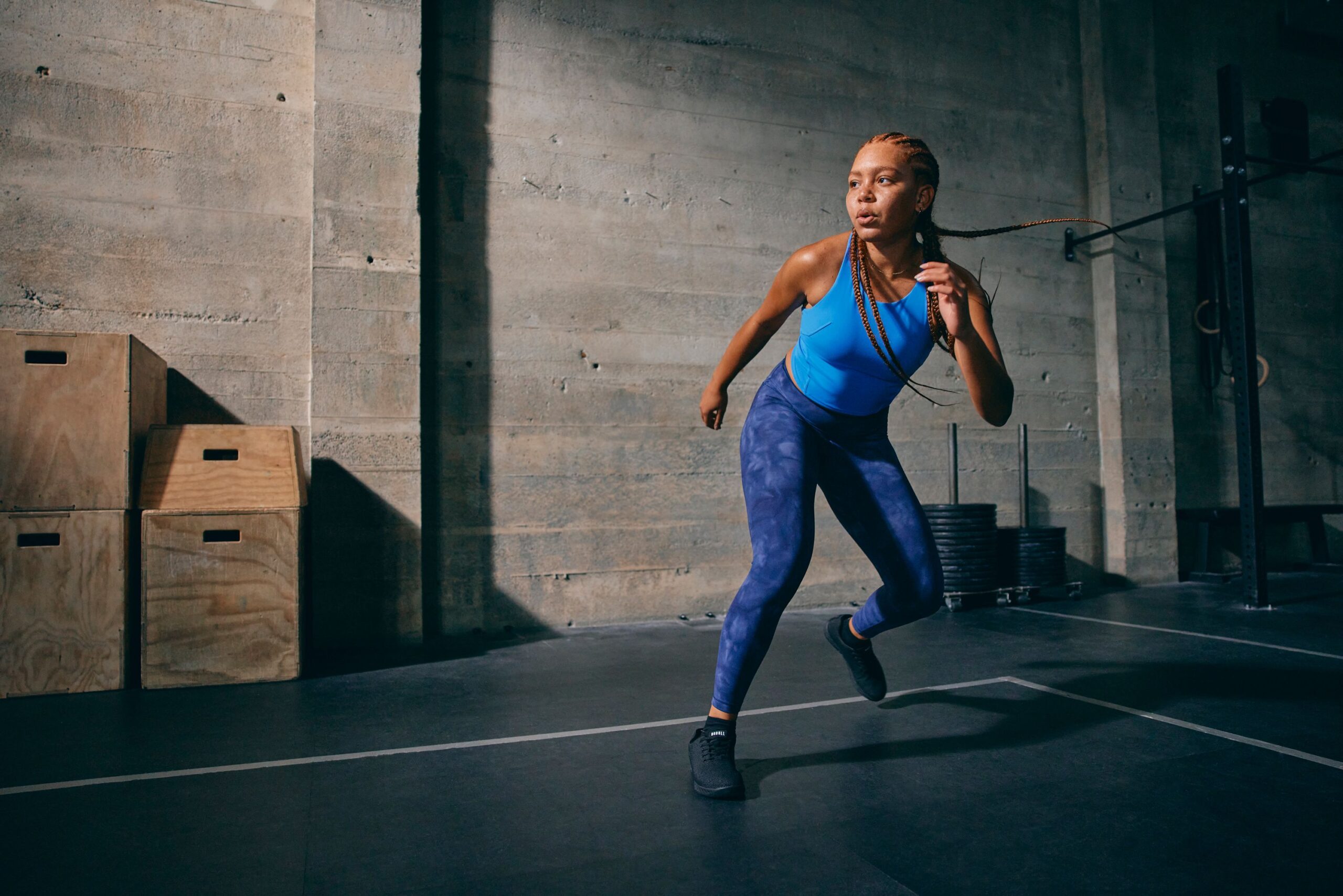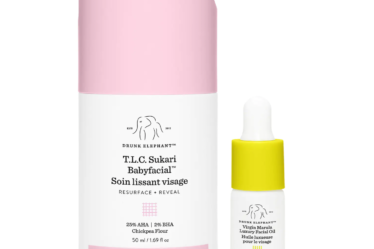
Lululemon Athletica Inc. outlined a new five-year plan intended to double sales to $12.5 billion by 2026, in part by expanding its offerings to men.
The athletic-wear retailer aims to double the revenue it gets from men’s products and its digital channel, while quadrupling international sales from 2021 levels, the company said in a statement. Executives are meeting with analysts and investors at an event in New York on Wednesday.
“We remain early in our growth journey, with our strong product engine, proven ability to create enduring guest relationships, and significant runway in core, existing and new markets,” said Lululemon chief executive officer Calvin McDonald.
The company said it has already delivered on its 2023 growth goals and now is targeting a compound annual growth rate of about 15 percent from 2021 to 2026.
Under McDonald, who took the top job in 2018, Lululemon has pumped investment into its menswear business and added product lines to attract new customers. Since he took over, Lululemon shares have tripled in value.
Lululemon has also expanded in international markets across Europe and Asia in search of more growth and aims to make China the retailer’s second-largest market. It will open its first stores in Spain, Italy and Thailand in the coming months.
Management made a big bet on in-home fitness when it acquired Mirror, a maker of interactive exercise screens, for $500 million in 2020. Lululemon is now integrating Mirror into its membership programmes, in order to migrate shoppers into the brand’s ecosystem. It expects 80 percent of its customers to eventually join.
“The more they sweat, the more they spend,” said McDonald.
Lululemon’s stock fell 1.9 percent at 11:06 am in New York on Wednesday. The shares have gained 1.4 percent this year, compared with a 13 percent decline for the Nasdaq Composite Index.
New Areas
Mirror’s new CEO, Mike Aragon, said the company seeks to more closely connect Mirror and its users with Lululemon. It’s debuting a new concept called Lululemon Studio, partnering with independent fitness studios including Pure Barre, Rumble and AKT for exercise content and access to in-person classes.
Footwear is another area of focus, with Lululemon debuting a sneaker line earlier this year. The move takes the company further from its yoga-wear roots and intensifies competition with sportswear giants such as Nike Inc. and Adidas AG in categories like running shoes and trainers. Executives called Lululemon a “challenger brand” in the industry and said its launch surpassed expectations.
Lululemon is also looking to expand its athlete endorsement roster and spend more on sports marketing. It doesn’t plan to sponsor leagues or franchises. Most recently, it signed NBA star-turned-college golfer J.R. Smith to a deal.
In March, Lululemon gave an optimistic sales outlook for its fiscal year that ends next January. Management sees annual sales of as much as $7.62 billion. The board also authorised a new share buyback programme of as much as $1 billion.
Like most retailers, Lululemon has struggled to cope with supply-chain snags. Capacity limits, staff shortages and reduced store hours hurt holiday sales.
Learn more:
Lululemon Raises Full-Year Forecast Betting on Strong Athleisure Demand
Lululemon Athletica Inc raised its full-year forecast, after beating revenue and profit estimates on strong demand for its comfortable leggings and sports bras, sending the apparel maker’s shares up nearly 12 percent.



